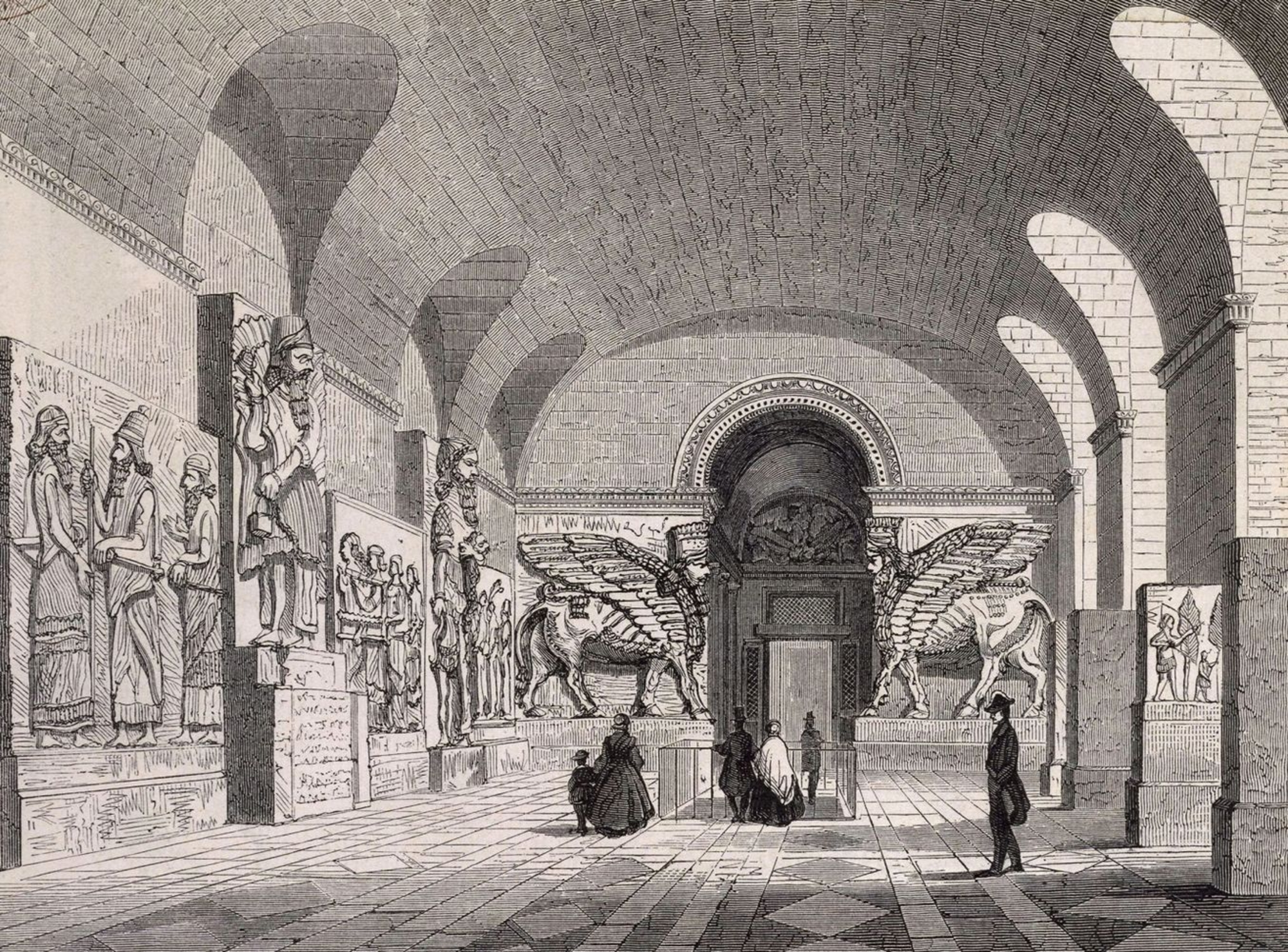
- Home
- The Assyrian museum
- Department of Near Eastern Antiquities at the Louvre
The department
The collection of the Assyrian museum was soon swelled by the finds of the Phoenician Mission led by Ernest Renan in 1861-1862, and then the excavation of the Tello site by Ernest de Sarzec in 1877. This mission revealed the existence of the Sumerian civilisation, and led to the gradual transformation of the Assyrian museum into the Department of Near Eastern Antiquities from 1881. The last major contribution of the 19th century were the finds from the excavations in Susa, and the rediscovery of several monuments in Akkad and the celebrated Code of Hammurabi stela.
Léon Heuzey (1831-1922)
Originally a specialist in Greek art, Léon Heuzey was a curator at the Louvre and a member of the Académie des inscriptions et belles-lettres. It was in this capacity that he handled the discoveries of Ernest de Sarzec. In 1881, he was appointed curator of Near Eastern antiquities and devoted himself to their study and recognition, including as a teacher at the École du Louvre.
Changes to the rooms
The Sarzec room was arranged to display the finds from Tello, with a museography inspired by the decorations of Khorsabad. In 1947, when the department was headed by André Parrot, the collections were moved but the Assyrian room in the Colonnade remained until 1991, when the Department of Near Eastern Antiquities was renovated once again. It is now located on the ground floor of the museum’s Richelieu wing. In 2012, the creation of the Department of Greek, Etruscan, and Roman Antiquities, next to the Arts of Islam, completed the process.


